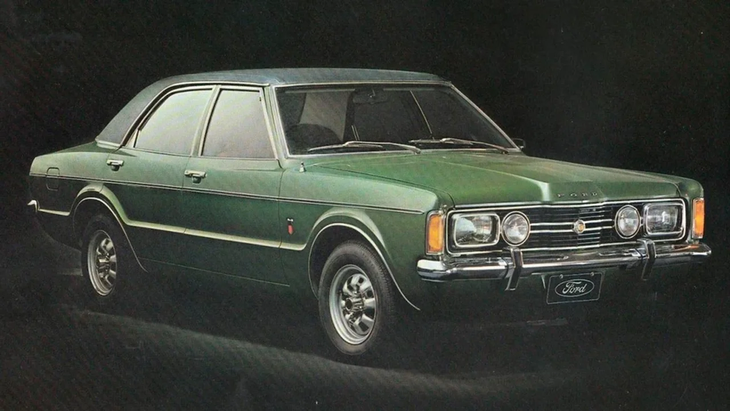The Eternaluta, the Netflix apocalyptic series that stars Ricardo Darín, is having great success in the Argentina And worldwide in its first week in the air: during the tour of the six chapters of the First season They appear classic Argentine cars that marked an era in the local automotive market.
A fact to consider: The original cartoon of El Eternalauta was published in the late 50’sIn Argentina, while in the adaptation of the television series there is a Temporary jumpbecause the series is set in the 80´Post Malvinas War.
Consequently, the cars that appear in the television shipping are not the originals that appeared during the cartoon that the screenwriter created Héctor Germán Oesterheld and the cartoonist Solano Lópezbut those that were seen in the streets of Buenos Aires – the series takes place in the north zone, Belgrano, Palermo, and Plaza Italia, among other neighborhoods – in the 80s. Next, the cars that appear the series El Eternalauta.
Ford Taunus
He Ford Taunus It was a medium sedan and coupé (segment d) that was manufactured in the plant of General Pacheco, Buenos Airesbetween 1974 and 1984, with a new generation launched in 1980. The Fastback style coupe version, of German origin had an exclusive second generation for the Argentine market. Mechanically, it was offered with four -cylinder gas engines: a 2.0 of 90 hp for version L (base), and a 2.3 of up to 133 hp for the GLX and GHIA (Full). With rear traction and longitudinal engine, it had a four -speed manual gearbox, automatic option and, in its last years, a five -speed transmission in the SP5 Coupé.
Taunus.webp
Renault 12 Break
The Renault 12 Break It was a family version of the classic R12 that stood out for its great capacity for loading, durability and versatility, especially in the Argentine context. Equipped with a 1.4 -liter gas engine (1,397 cc) and four cylinders, delivered between 60 and 75 horsepower according to the version and the year, with progressive improvements in carburation and compression. Most of the versions had a four -speed manual gearbox, although in their last years they also offered with one of five marches, which improved the road performance. With front -wheel drive, robust suspension and a trunk of more than 500 liters expandable when refuting the seats, it was chosen by both families and rural workers, consolidating itself as a symbol of mechanical reliability and adaptation to the Argentine terrain.
Renault-12.Webp
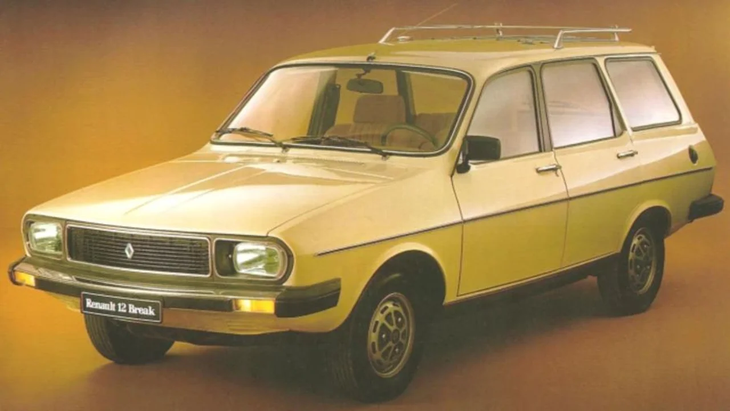
Stagnant IKA
The stagnant IKA was an emblematic off -road truck manufactured in Argentina between 1957 and 1970 by Kaiser Argentina industries, based on the American Willys Station Wagon but adapted to the needs of the local field. Initially equipped with a 4 -cylinder and 2.2 -liter 63 hp Willys engine, later incorporated the modern 6 -cylinder and 3.8 -liter OHC tornado engine, with 133 hp, which significantly improved its performance. It had a 3 -speed manual box and versions with both rear -wheel drive (4×2) and integral (4×4), ideal for rural roads. Its robust chassis and its resistant suspension made it a highly valued vehicle by stagnations and families, being one of the first multipurpose utility of national production.
IKA-stanciera.webp
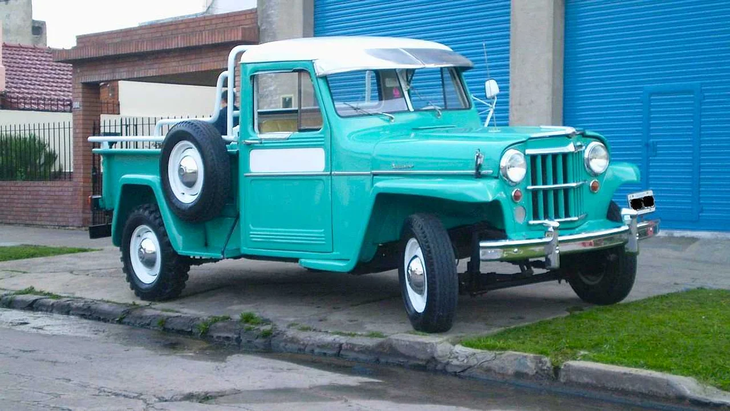
Citroën Mehari
He Citroën Méhari It was a light vehicle, versatile and totally out of the common that was manufactured in Argentina between 1971 and 1980 by Citroën Argentina. Based on the mechanics of the Citroën 3CV, it incorporated a 602 cc 602 cc boxer bike engine, air -cooled, with a power of approximately 32 hp, coupled to a 4 -speed manual box and front -wheel drive. Its most distinctive characteristic was the thermoform, light, corrosion resistant and easily removable ABS plastic body, which made it ideal for recreational, rural or coastal use. With a total weight of less than 600 kg, the Méhari offered great agility and low consumption, although without great luxuries or protection against impacts. It became an icon of freedom and practicality, especially popular among young people, tourists and rural producers who valued their mechanical simplicity and adventurous spirit.
MEARI.WEBP
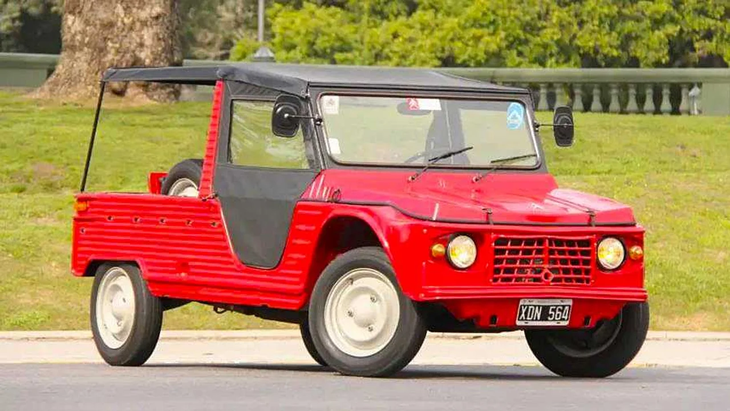
Torino
He Torino It was one of the most emblematic cars of the Argentine automotive industry, manufactured by Kaiser Argentina (IKA) industries and then by Renault between 1966 and 1981. Based on the AMC American Rambler, it was redesigned by Pininfarina and adapted locally, becoming a symbol of elegance, power and national production. It was offered with online six -cylinder engines, mainly the legendary 3.8 -liter tornado, with versions that went from 120 to 215 hp, according to the model and configuration (TS, GS, ZX or 380W). It had rear -wheel drive, 4 -speed manual box (some versions with 5 -speed ZF box), and a solid structure that combined comfort with good sports performance. His consecration arrived in 1969, when a Torino team competed in the 84 hours of Nürburgring, leaving an indelible brand in the history of Argentine motoring. Versatile, robust and elegant, the Torino was both family and sports car, and is remembered as “the Argentine car” par excellence
Torino.webp
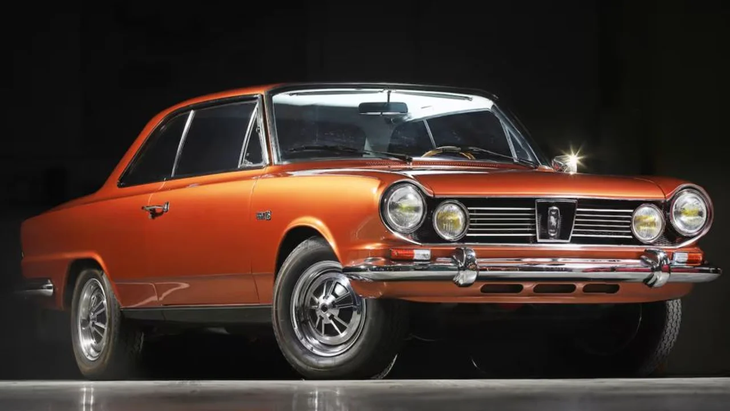
Ford F-100
The Ford F-100 It was one of the most iconic and long -lived pickups of the Argentine automotive industry, manufactured by Ford at the Pacheco plant from 1959 to 1992. Recognized for its robustness, reliability and load capacity, it became a fundamental vehicle for rural, commercial and industrial work throughout the country. Throughout his life, he received various aesthetic and mechanical updates, but always maintained his essence of work tool. It was equipped with six -cylinder online gas engines, such as the 3.6 -liter classic (with powers between 115 and 160 hp according to the version), and towards the end of the 80s incorporated diesel motorizations, such as Perkin 4.203. The transmission was generally manual of 3 or 4 speeds, with rear traction, although there were also versions with 4×4 traction. Its strong chassis, its simple mechanics and its ability to adapt to all types of land consolidated the F-100 as an undisputed ally of the Argentine countryside and as a true icon of national work.
F100.webp

Source: Ambito
I am an author and journalist who has worked in the entertainment industry for over a decade. I currently work as a news editor at a major news website, and my focus is on covering the latest trends in entertainment. I also write occasional pieces for other outlets, and have authored two books about the entertainment industry.

